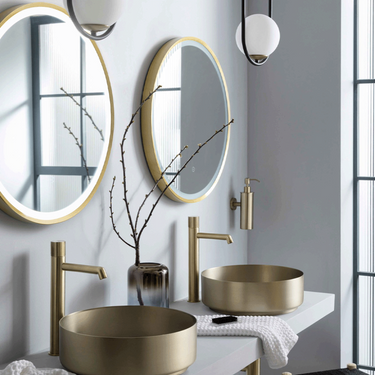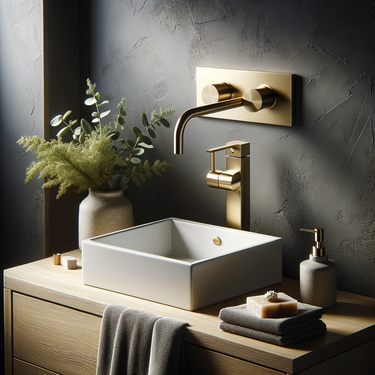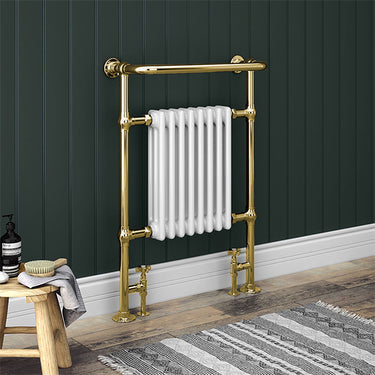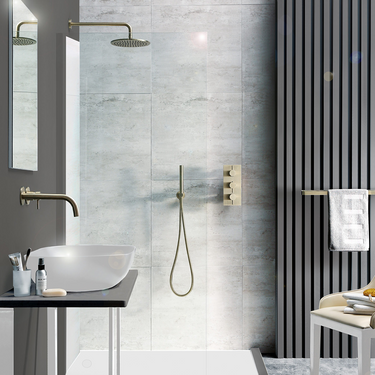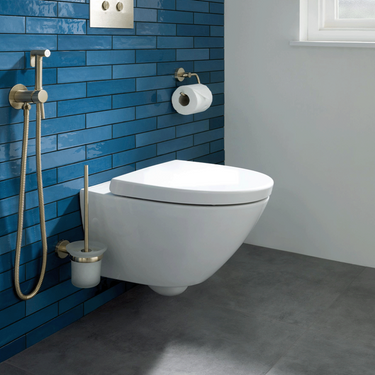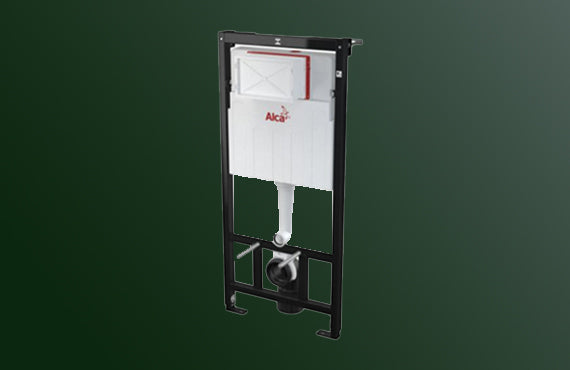The humble cistern, an essential component of modern plumbing systems, has evolved significantly over the years. From the traditional models to the sleek and space-saving concealed cisterns, these devices play a pivotal role in the efficiency and aesthetics of our bathrooms. This comprehensive guide delves into the various types of cisterns, highlighting their unique features and suitability for different bathroom setups.
Overview
-
Introduction to Toilet Cisterns: Understanding their role and importance in modern bathrooms.
-
Types of Cisterns: A detailed look at various models, including the popular concealed cistern.
-
Advantages and Disadvantages: Analyzing the pros and cons of each type to aid in decision-making.
-
Installation Considerations: Key factors to consider during the installation of different cisterns.
-
Maintenance Tips: Practical advice for maintaining and prolonging the life of your cistern.
-
Environmental Impact: Exploring eco-friendly options and water-saving features.
-
Conclusion: Summarizing the key points and recommendations.
-
Engagement Question: Inviting readers to share their experiences or preferences regarding toilet cisterns.
Introduction to Toilet Cisterns
A cistern is more than just a water tank attached to your toilet; it's a crucial component that ensures the efficient functioning of the entire system. With advancements in bathroom design, the concealed cistern has emerged as a popular choice for its aesthetic appeal and space-saving benefits. But what exactly are the different types of cisterns available, and how do they cater to varying bathroom needs?
Types of Cisterns
1. Low-Level Cisterns
These are the traditional models where the cistern is placed just above the toilet, connected by a short pipe. Ideal for bathrooms with ample space, they offer easy installation and maintenance.
2. High-Level Cisterns
Echoing a vintage aesthetic, high-level cisterns are positioned much higher on the wall, connected to the toilet by a long pipe. They are perfect for period-style bathrooms but require more space.
3. Close-Coupled Cisterns
A modern and compact option, close-coupled cisterns sit directly on top of the toilet with no visible pipe. They blend seamlessly with contemporary bathroom designs.
4. Concealed Cisterns
Concealed cisterns are hidden within the bathroom wall or a piece of furniture, offering a sleek and minimalist look. They are ideal for small or modern bathrooms, maximising space and enhancing the overall aesthetic.
5. Corner Cisterns
Designed for corner installations, these cisterns help in maximizing space in small bathrooms. They are similar to close-coupled cisterns but are shaped to fit into a corner.
6. Integrated Basin Cisterns
A newer design, these cisterns come with an integrated washbasin on top, saving space and water. The water used in the basin is stored in the cistern and used for flushing, promoting water conservation.
Advantages and Disadvantages
Each type of cistern comes with its set of pros and cons. For instance, while concealed cisterns offer a modern look and space-saving benefits, they may be more challenging to install and repair due to their hidden components. On the other hand, traditional low-level cisterns are easier to install and maintain but may not align with contemporary design preferences.
Installation Considerations
When installing a cistern, consider the bathroom layout, available space, and plumbing requirements. Concealed cisterns, for example, require a sturdy wall for installation and may involve more intricate plumbing work.
Maintenance Tips
Regular maintenance is key to prolonging the life of your cistern. This includes checking for leaks, cleaning, and replacing parts like the flush valve or flapper as needed. Concealed cisterns may require professional assistance for maintenance due to their in-wall placement.
Environmental Impact
Eco-friendly options like dual-flush cisterns or those with water-saving features are increasingly popular. These not only reduce water consumption but also lower utility bills, making them a responsible and cost-effective choice.
Conclusion
Whether you opt for a traditional model or a modern concealed cistern, understanding the types of cisterns available can help you make an informed decision that aligns with your bathroom's design, space, and functionality requirements.
Do you prefer the traditional charm of high-level cisterns or the modern sleekness of concealed cisterns? Share your thoughts and experiences































































































































